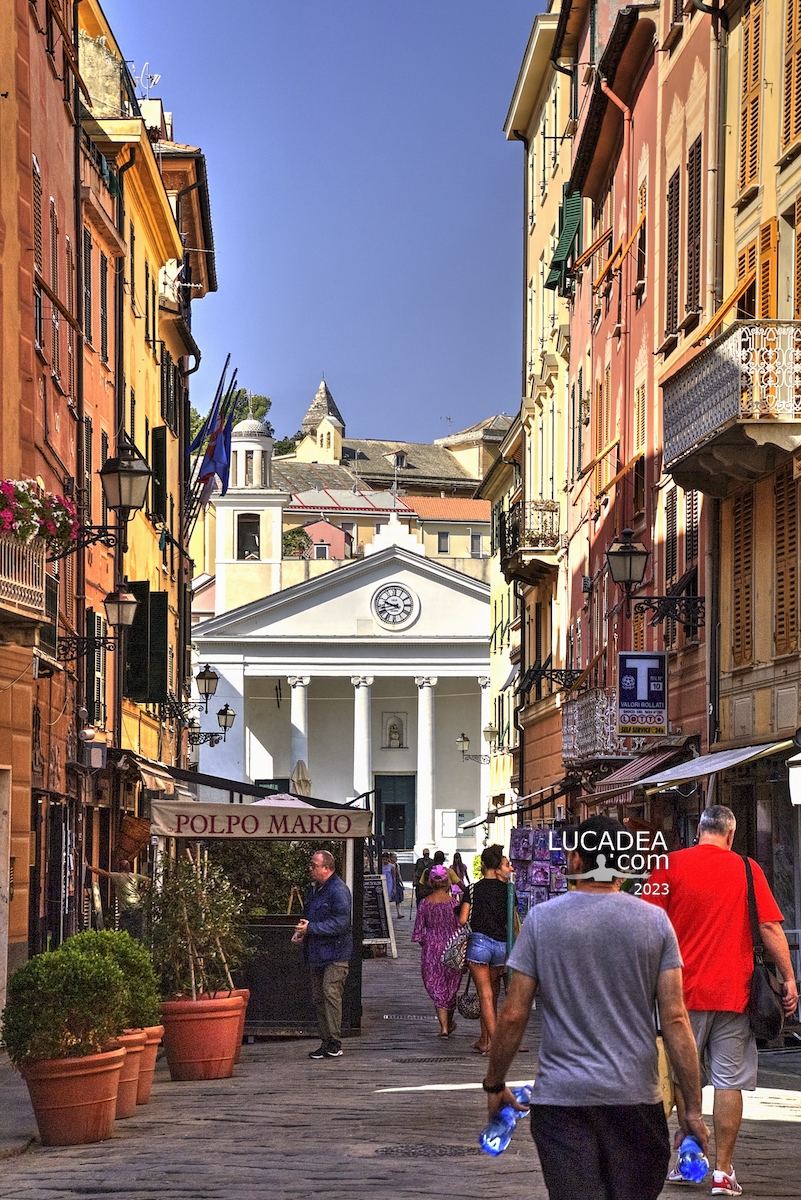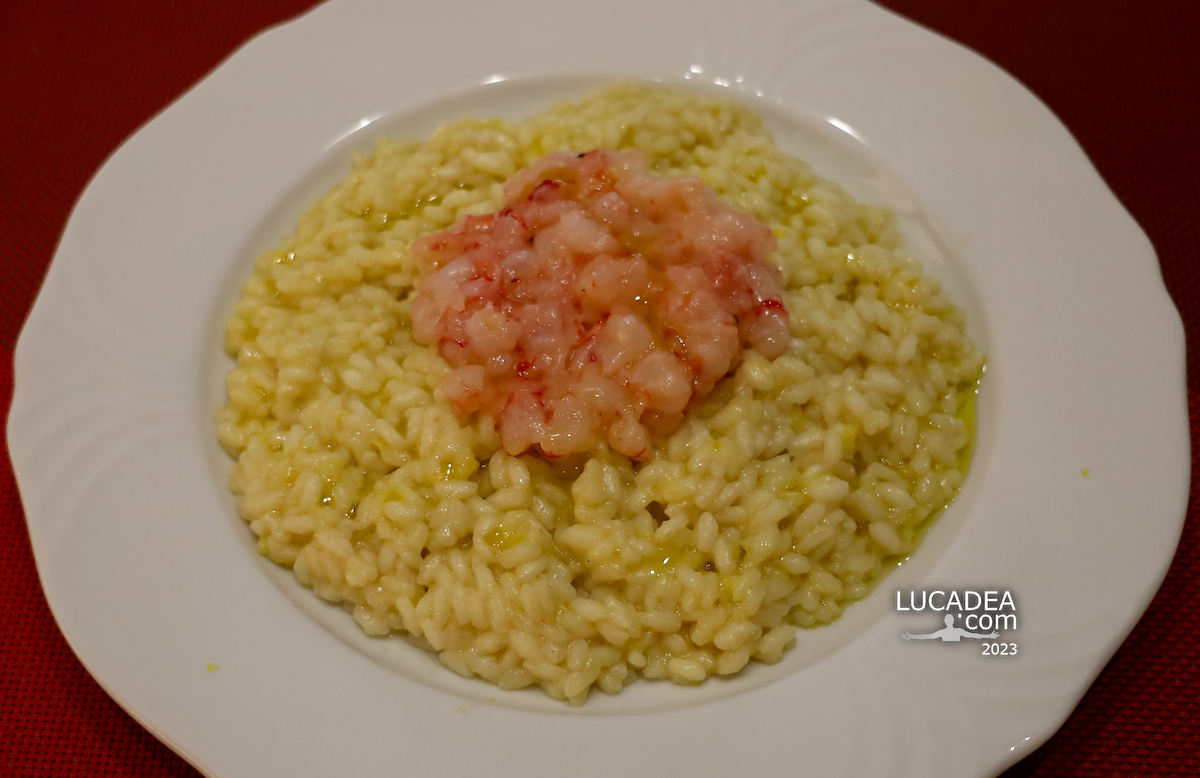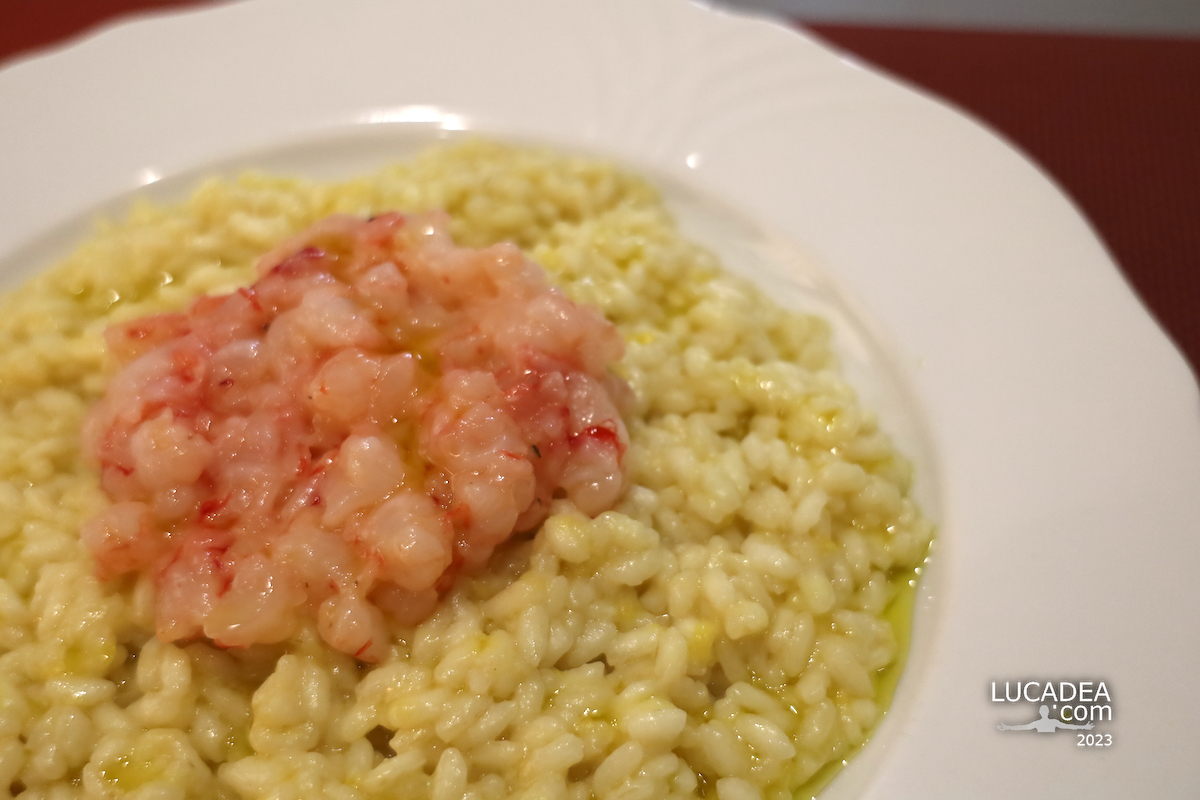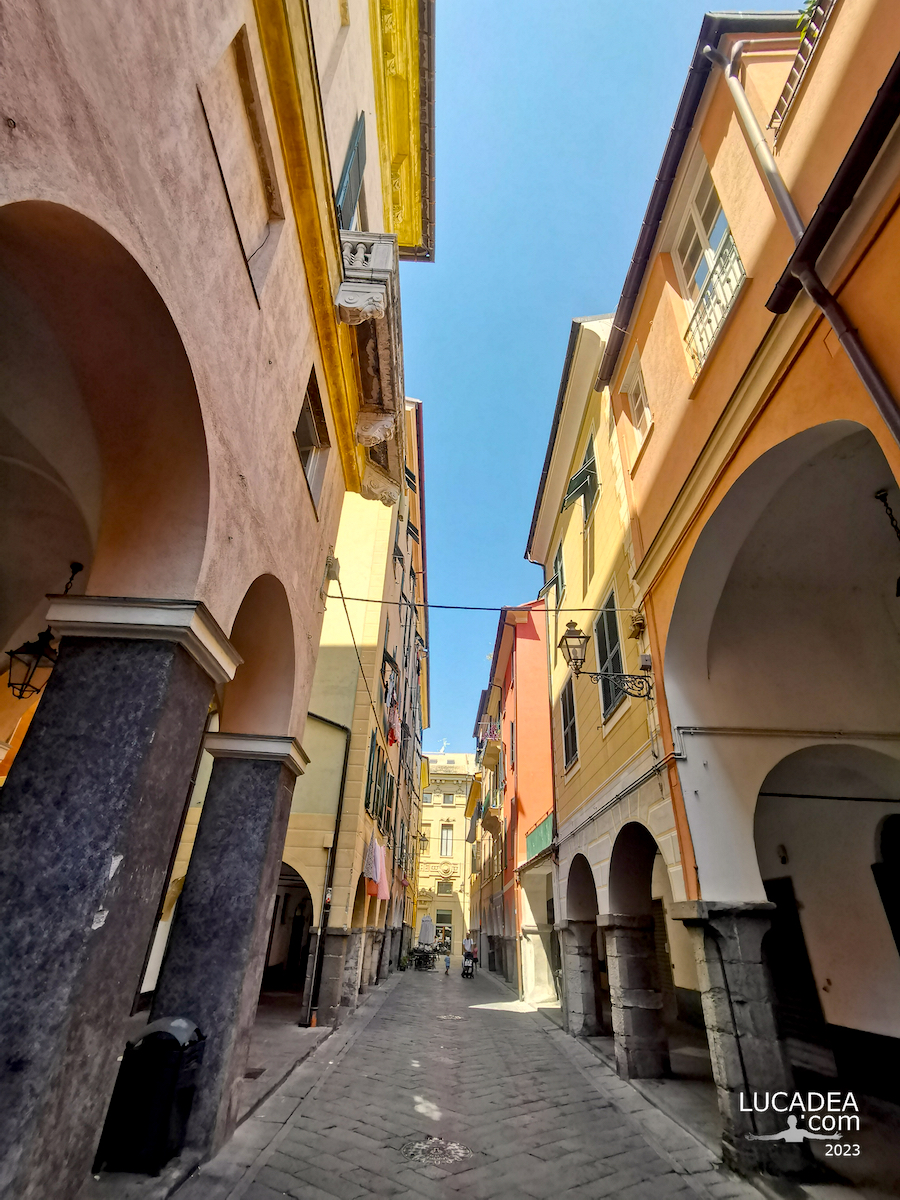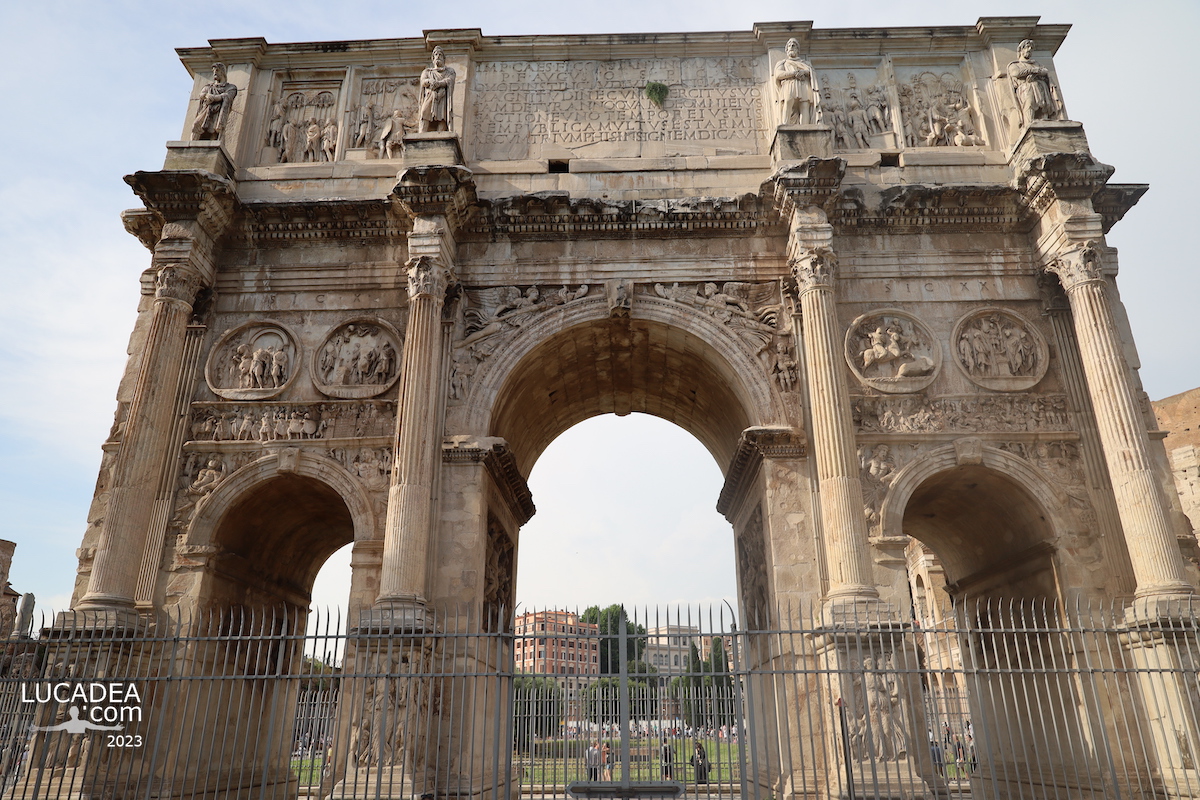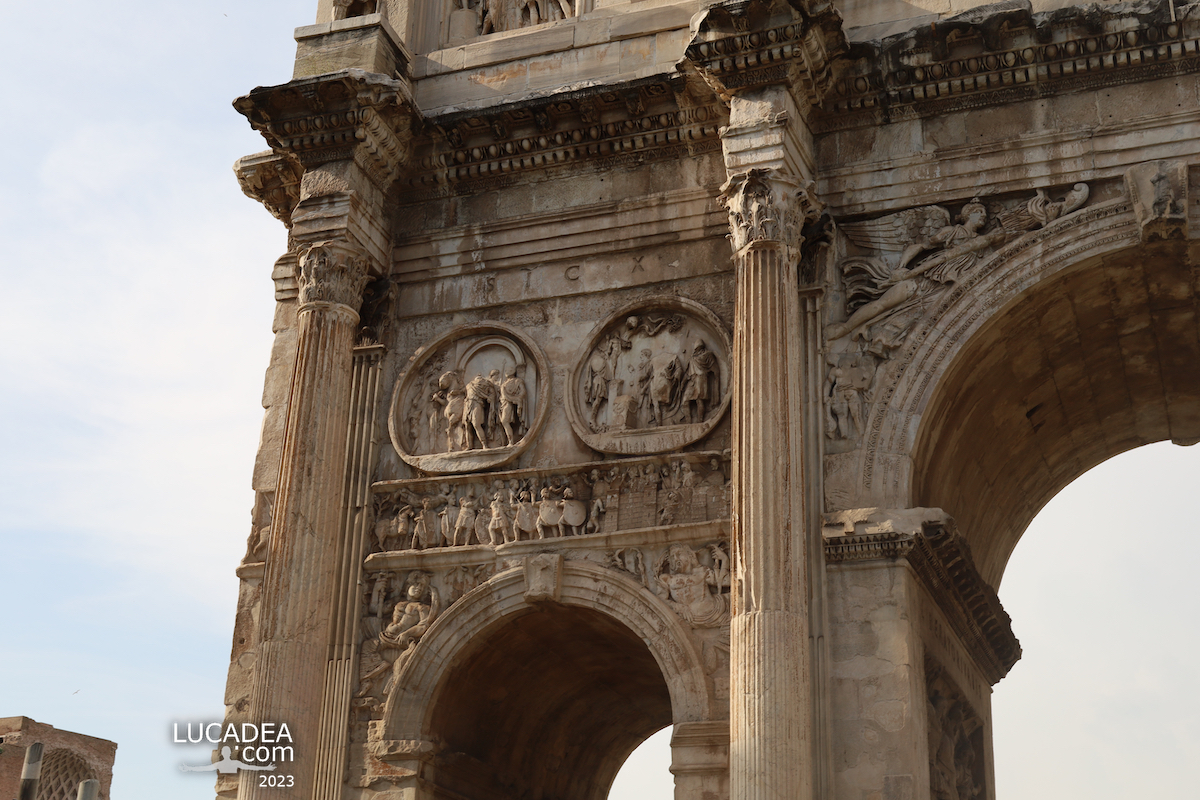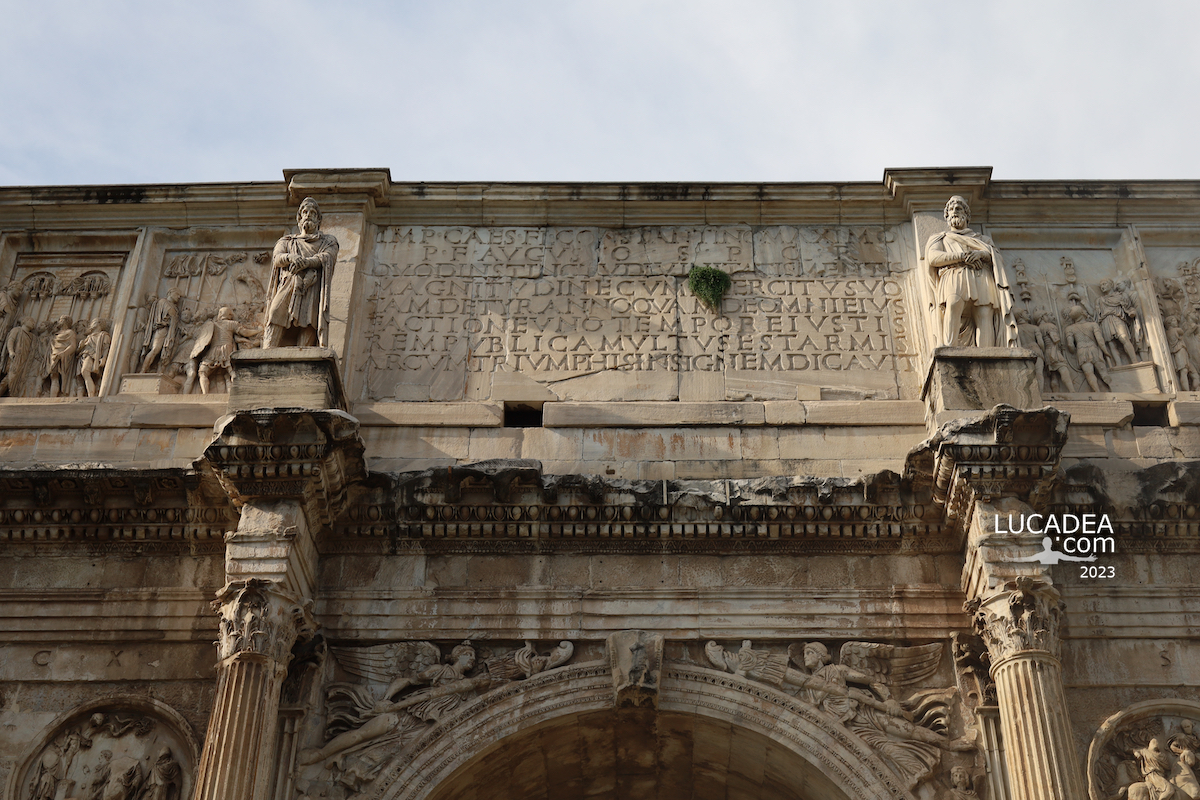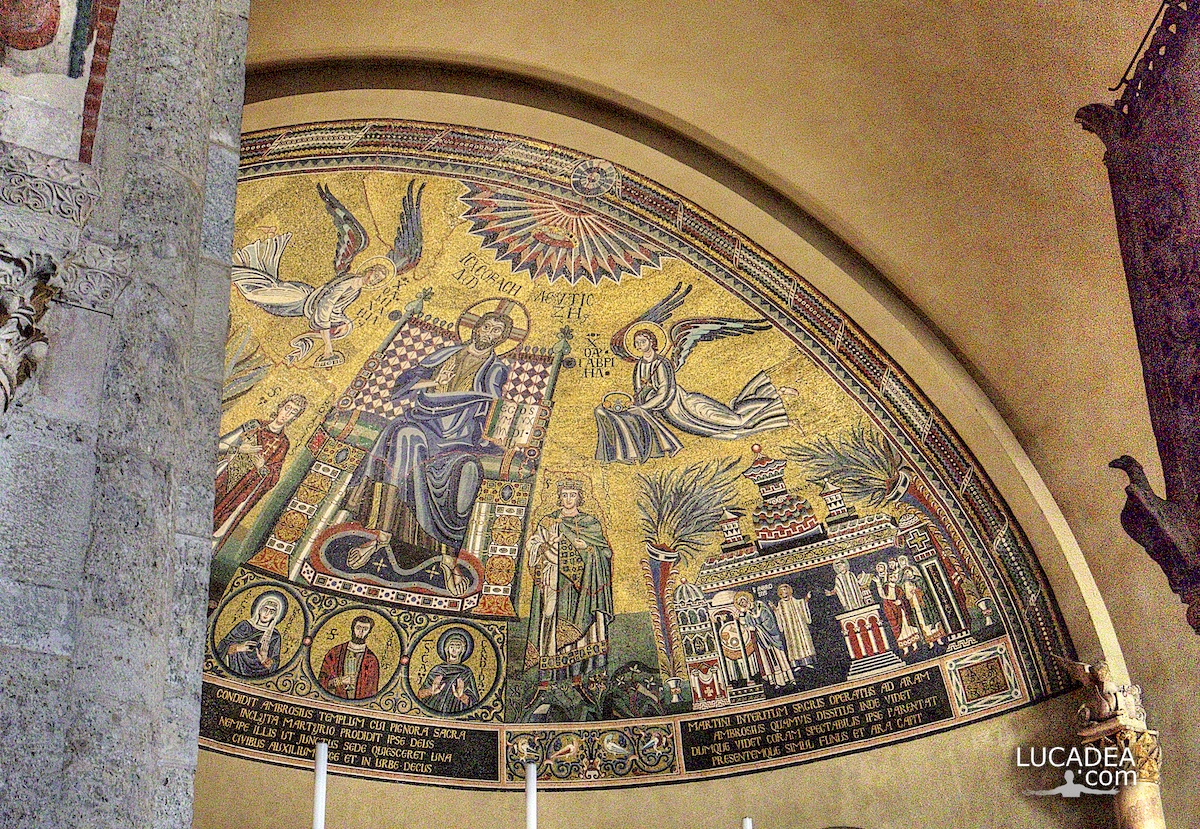The Church of Santa Maria di Nazareth in the heart of Sestri Levante.
In the picturesque seaside village of Sestri Levante, a place of timeless beauty awaits visitors with its doors open: the Church of Santa Maria di Nazareth. Located at the end of the characteristic “caruggio,” the ancient alley of the historic center, this church offers an incredible immersion in history, art and spirituality.
The Church of Santa Maria di Nazareth, also known as the Church of San Niccolò, has roots dating back to the 13th century, when it was founded by Dominican friars. Its architecture is a wonderful example of Ligurian Romanesque style, with its gabled façade, decorated portal and exposed stone bell tower that soars into the sky.
Its interior is equally fascinating. The atmosphere is wrapped in a sense of sacredness, with vaulted ceilings, ancient frescoes and sculptures that tell the religious history of the area. This place has gone through centuries of history and has witnessed numerous events, making it a point of reference for the community and visitors.
The location of the church at the end of the caruggio, the heart of the historic center of Sestri Levante, adds a special touch to its beauty. The caruggio is a typical narrow and winding alley, typical of Italian coastal towns, and offers a charming walk among old colorful houses, craft shops and traditional restaurants. Walking along this downhill path, the smells of Ligurian cuisine and the sound of the sea waves accompany you to the majestic Church of Santa Maria di Nazareth.
In addition to the historical and architectural aspect, the church offers a place of tranquility and reflection for anyone who visits it. As you stroll along the caruggio and immerse yourself in its charming atmosphere, stop for a moment of contemplation inside the church. The quiet and intrinsic beauty of this place will offer you a spiritual experience and an opportunity to recharge your batteries.
In conclusion, the Church of Santa Maria di Nazareth is a hidden treasure in the heart of Sestri Levante. It combines history, art, and spirituality in one place and offers visitors a unique experience. When you visit this charming coastal town, do not miss the opportunity to discover this architectural and spiritual marvel that awaits deep in the caruggio.
Do you know the alley of Sestri?
Add your own comment or go to the bottom of the site to read what other visitors have written.
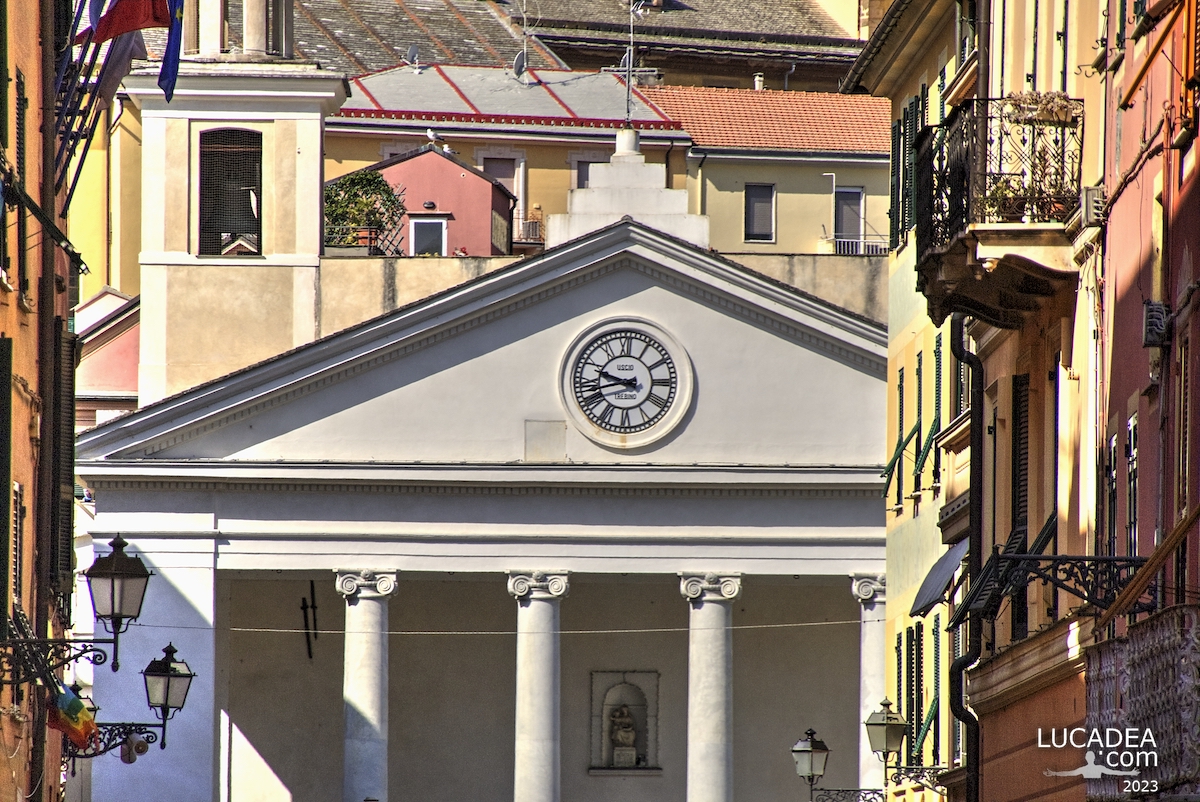
Photo taken with Canon EOS RP and lens Tamron 16-300.
Where is the Basilica located:
The presence of a small chapel dedicated to Saint Mary of Nazareth was attested as early as 1368, but it was during 1604 that, following the transfer of a plot of land by the local nobleman Bernardo Bolasco, work was undertaken to build a new place of worship.
Continue and learn more on Wikipedia
The church of Santa Maria di Nazareth in the heart of Sestri Levante – L’église de Santa Maria di Nazareth au coeur de Sestri Levante – La iglesia de Santa María de Nazaret en el corazón de Sestri Levante – A igreja de Santa Maria di Nazareth no coração de Sestri Levante – Die Kirche Santa Maria di Nazareth im Herzen von Sestri Levante – Nhà thờ Santa Maria di Nazareth ở trung tâm Sestri Levante – 位于塞斯特里莱万特市中心的拿撒勒圣玛丽亚教堂 – セストリ レバンテの中心部にあるサンタ マリア ディ ナザレ教会
The text of the post was generated with the help of ChatGPT, a language model from OpenAI.

